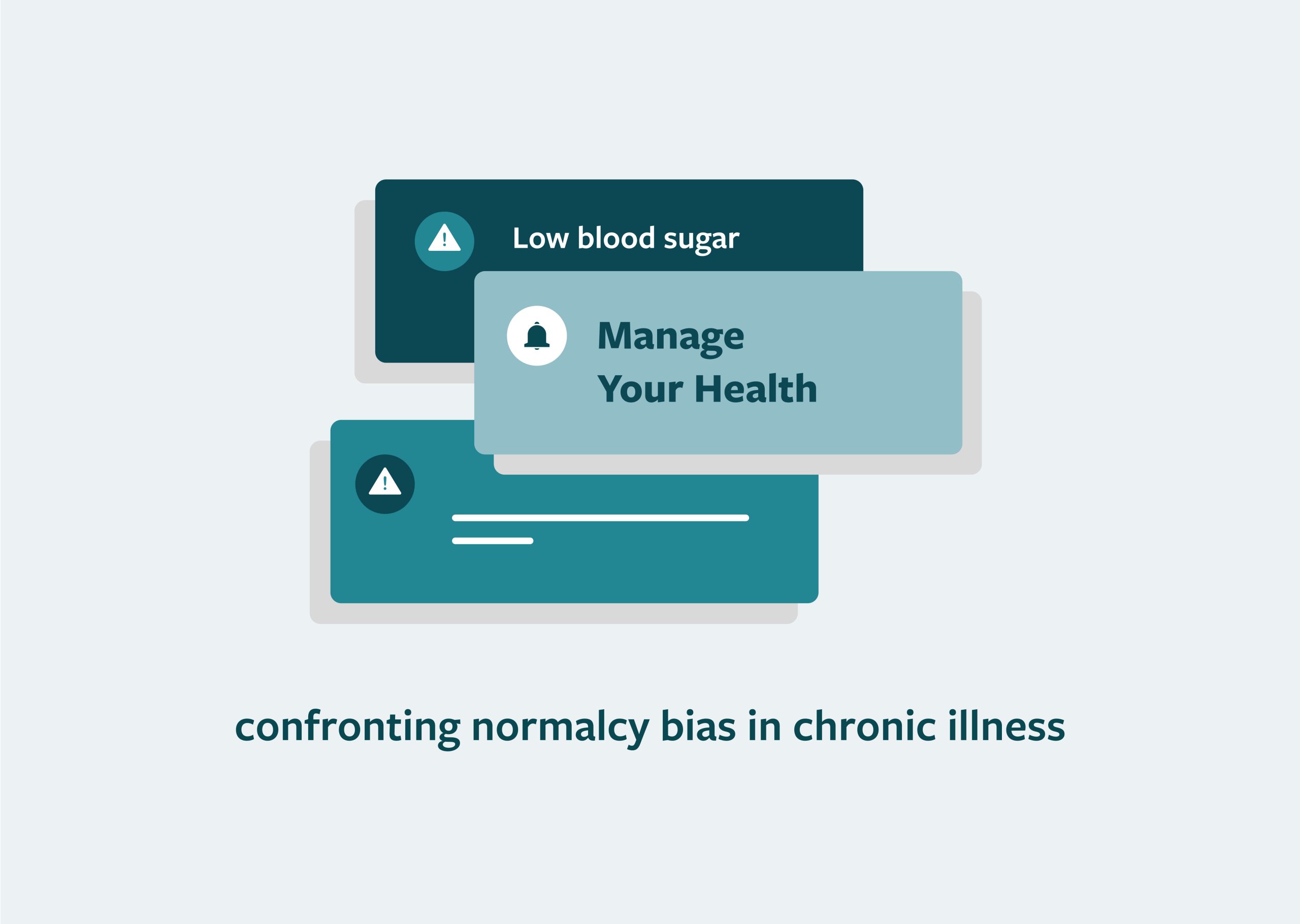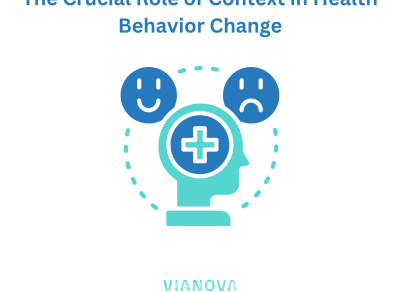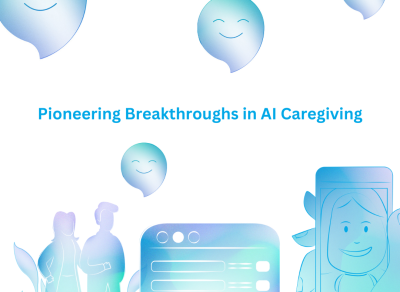
Navigating the Storm Within: Confronting Normalcy Bias in Chronic Illness
Life is an intricate tapestry woven with threads of uncertainty, unpredictability, and change. For individuals living with chronic illnesses, this reality can be particularly challenging, as the ebb and flow of health becomes an intricate dance with the unknown. Within this intricate dance, a psychological phenomenon known as “normalcy bias” often makes an appearance, affecting how we perceive and respond to threats – both macro and micro. In this blog, we’ll explore the concept of normalcy bias and delve into how it manifests in the lives of those battling chronic illnesses.
Understanding Normalcy Bias
Normalcy bias, often referred to as the “ostrich effect,” is a cognitive bias that causes individuals to underestimate the possibility of a threat or disaster occurring. It leads us to believe that things will always go on as they have in the past, even in the face of mounting evidence to the contrary. This bias isn’t just limited to large-scale catastrophes; it can also manifest in our personal lives, especially when it comes to significant changes in health.
Macro and Micro Perspectives
Normalcy bias operates on both macro and micro levels. On a macro level, it plays out during natural disasters, calamities, and global events. We’ve seen how people can be slow to evacuate or take precautionary measures, believing that the worst won’t actually happen to them.
But what about the micro level? Picture an individual diagnosed with a chronic illness. Their world is suddenly altered, and the prospect of navigating a new reality can be overwhelming. Yet, in many cases, normalcy bias kicks in. They may downplay the severity of their condition, believing that their life will return to the way it was before. This psychological defense mechanism is a way to shield oneself from the emotional impact of drastic change.
The Chronic Illness Battle
For those grappling with chronic illnesses, normalcy bias can be a double-edged sword. On one hand, it can provide a sense of psychological comfort by temporarily mitigating the emotional toll of a life-altering diagnosis. It allows individuals to maintain a semblance of “normal” in the midst of uncertainty. However, on the other hand, normalcy bias can hinder proactive steps towards managing their condition effectively.
70% of People: A Stark Reality
Studies estimate that around 70% of individuals exhibit normalcy bias in the face of a disaster or major threat. This statistic paints a stark reality – a significant majority of us are prone to underestimating the potential impact of a crisis. This inclination can be even more pronounced for those living with chronic illnesses, who may cling to the hope that things will revert to their previous state.
Embracing the Complex Truth
Acknowledging and addressing normalcy bias is a crucial step in navigating the intricate world of chronic illness. It’s not about succumbing to fear or pessimism; rather, it’s about embracing the complexity of our circumstances. By recognizing the bias, individuals can strike a balance between optimism and realism. They can embrace the present moment while also planning for contingencies and seeking the support they need.
Normalcy bias is a human tendency deeply ingrained in our psyche. It’s a coping mechanism that can both shield and hinder us, particularly when facing chronic illnesses. Recognizing its presence empowers us to make informed decisions, seek appropriate care, and build resilience. As we confront the storm within, we must remember that acknowledging the reality of our situation doesn’t diminish our strength – it only enhances our ability to navigate the journey ahead.



FEEL FREE TO DROP US A LINE.